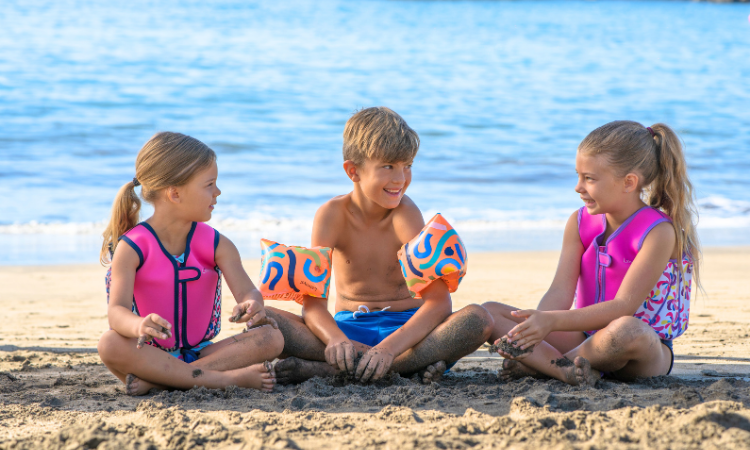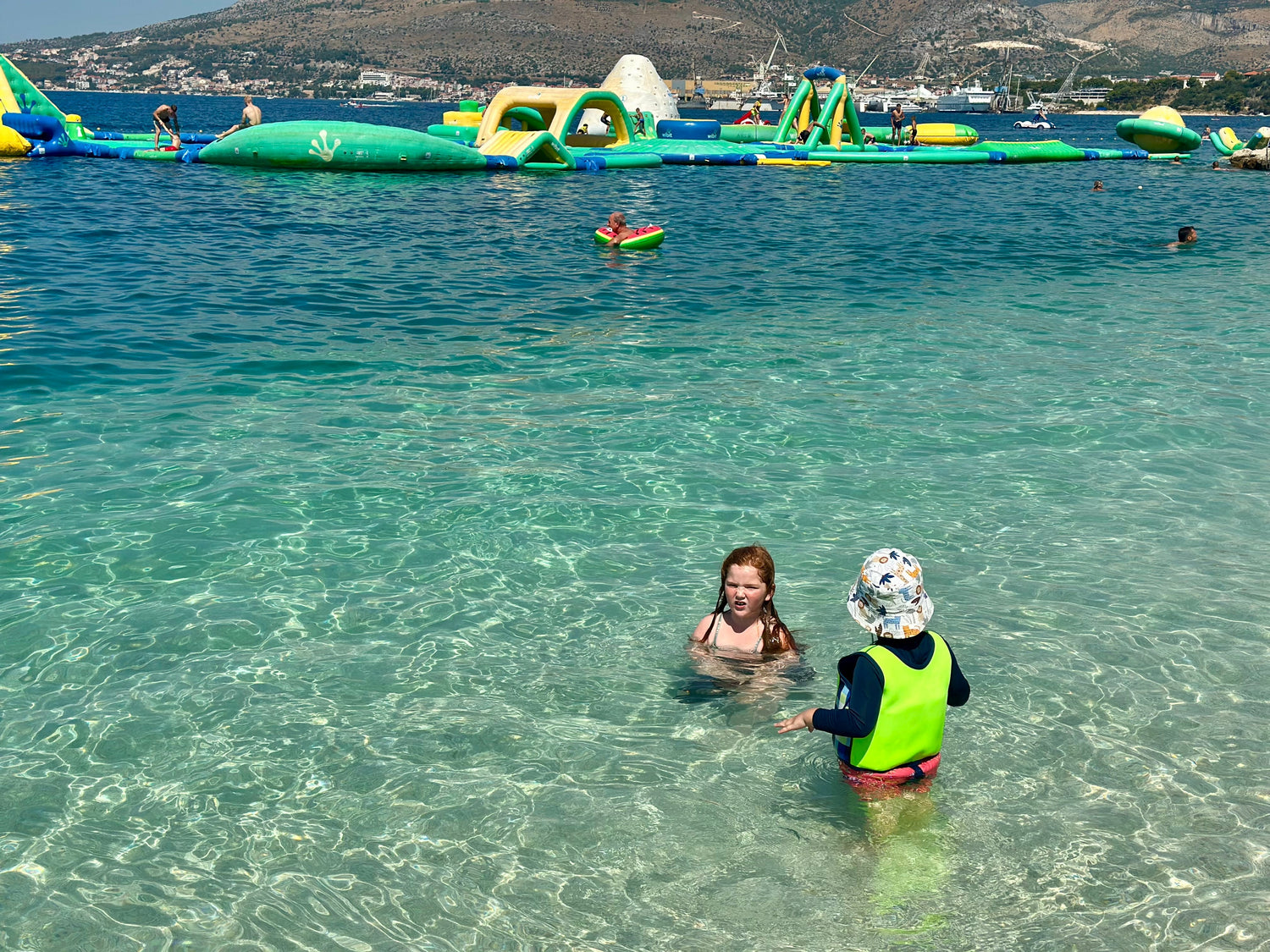Swimming is an essential life skill and a fantastic source of enjoyment for children, but protecting their eyes during water activities is crucial. The right pair of goggles not only safeguards your child's eye health but also helps build their confidence in the water.
Why Swimming Goggles Are Essential
Swimming without proper eye protection can lead to several issues:
- Chlorinated water can irritate delicate eye tissues and potentially lead to redness, burning, and temporary vision blurring
- Natural water bodies may contain bacteria and other microorganisms that could cause eye infections
- Extended exposure to water can wash away the protective tear film that keeps eyes healthy
- Children may feel anxious about opening their eyes underwater, hindering their swimming progress
Choosing the Right Goggles
Key Features to Look For
- Proper Certification: Select goggles from reputable manufacturers that meet safety standards and have undergone testing for both materials and durability.
- Leak-Proof Seal: Look for goggles with soft, hypoallergenic silicone seals that conform to your child's face shape without excessive pressure.
- UV Protection: If swimming outdoors, ensure the goggles offer adequate UV protection (UV400) to shield eyes from harmful sun rays.
- Anti-Fog Technology: Choose goggles with quality anti-fog coating to maintain clear vision throughout swimming sessions. Some premium models feature permanent anti-fog treatments.
- Adjustable Straps: Select goggles with easily adjustable, split-strap designs that distribute pressure evenly and prevent hair tangling.
Proper Fit and Maintenance
Ensuring the Perfect Fit
- Without using the strap, press the goggles gently against the eye sockets
- They should stay in place for a few seconds through suction alone
- Check for gaps around the seal
- Adjust the nose bridge if available
- Finally, secure the strap firmly but not too tight
Care Instructions
- Rinse goggles with clean water after each use
- Avoid touching the inside of the lenses
- Store in a protective case away from direct sunlight
- Replace when seals become loose or lenses get scratched
- Clean regularly with mild soap designed for swim gear
Common Problems and Solutions
Fogging
- Clean goggles thoroughly before each use
- Apply approved anti-fog solution when needed
- Avoid touching the inside lens surface
- Replace goggles if anti-fog coating wears off
Leaking
- Check strap tightness and positioning
- Ensure hair isn't breaking the seal
- Try different nose bridge sizes if available
- Consider testing different goggle shapes
Pressure Marks
- Adjust strap tension
- Try goggles with wider seals
- Consider different brands or styles
- Look for models with softer materials
Safety Considerations
- Always supervise children when using swimming goggles
- Teach proper removal techniques to prevent strap snapback
- Have backup goggles available for longer swim sessions
- Regularly inspect goggles for wear and damage
- Replace goggles at the first sign of deterioration
Making Goggles Fun
- Let children participate in selecting their goggles
- Choose models with favorite colors or characters
- Practice putting them on and taking them off as a game
- Create underwater games that make wearing goggles exciting
- Praise proper goggle use and care
When to Replace Goggles
Replace swimming goggles when:
- The seals become loose or damaged
- Lenses are scratched or cloudy
- Anti-fog coating no longer works
- Straps lose elasticity
- Your child outgrows them
Final Thoughts
Investing in quality swimming goggles is crucial for your child's eye health and swimming enjoyment. Take time to find the right pair, teach proper care, and make wearing them a positive experience. Remember that while good goggles can enhance the swimming experience, they should always be part of a comprehensive water safety approach that includes proper supervision and swimming instruction.





